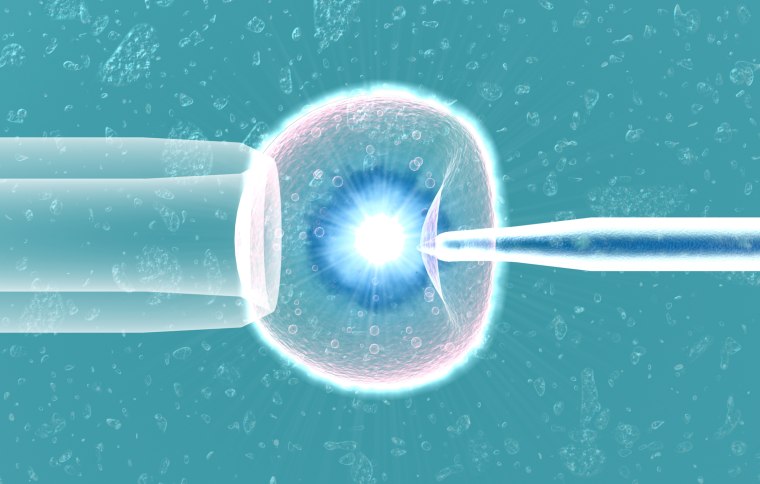At least a million babies have been born in the U.S. using lab-assisted techniques, a new report finds.
The latest report on in-vitro fertilization (IVF) and other assisted reproductive techniques (ART) shows that nearly 68,000 babies were born using one or the other of the methods in 2015.

The Society for Assisted Reproductive Technology said about 213,000 treatment cycles were tried in 2015, giving the methods an overall 32 percent success rate.
The number is probably higher than that.
The Society for Assisted Reproductive Technology, part of the American Society for Reproductive Medicine (ASRM), reports data from its member clinics and has only been collecting that information since 1985.
The first American IVF baby was born in the United States in 1981. The world’s first IVF baby, Louise Brown, was born in Britain in 1978.
Related: Baby Born Using Three-Parent Technique
The first assisted reproductive technique was IVF but there are now several different techniques offered at more than 440 clinics, according to the Centers for Disease Control and Prevention.
For many years, fertility doctors would routinely transfer several embryos into a woman at a time, resulting in twins, triplets, quadruplets and more. Such multiple pregnancies are dangerous to mothers and babies alike and can result in premature births.
Now, groups like the ASRM strongly encourage fertility specialists to transfer just one embryo. They’ve got data to back up the reassurance that going just one at a time is every bit as likely to result in a live birth as transferring multiple embryos.
Related: World's First IVF Baby Has Her Own Baby
Still, only 34.5 percent of attempts used just a single embryo, SART reported.
“Fewer embryos transferred leads to lower incidence of multiple birth: 80.5 percent of babies born from 2015 cycles were singletons; 19.1 percent twins; and fewer than one-half of one percent were triplets (or higher order),” the group said.
More women are opting for frozen, donated eggs as well. More than 3,200 ART attempts used a frozen egg, the group said.
Age still strongly affects success rates. The success rate of 48 percent for women under the age of 35 and fell to 3 percent per try for women over 42.

